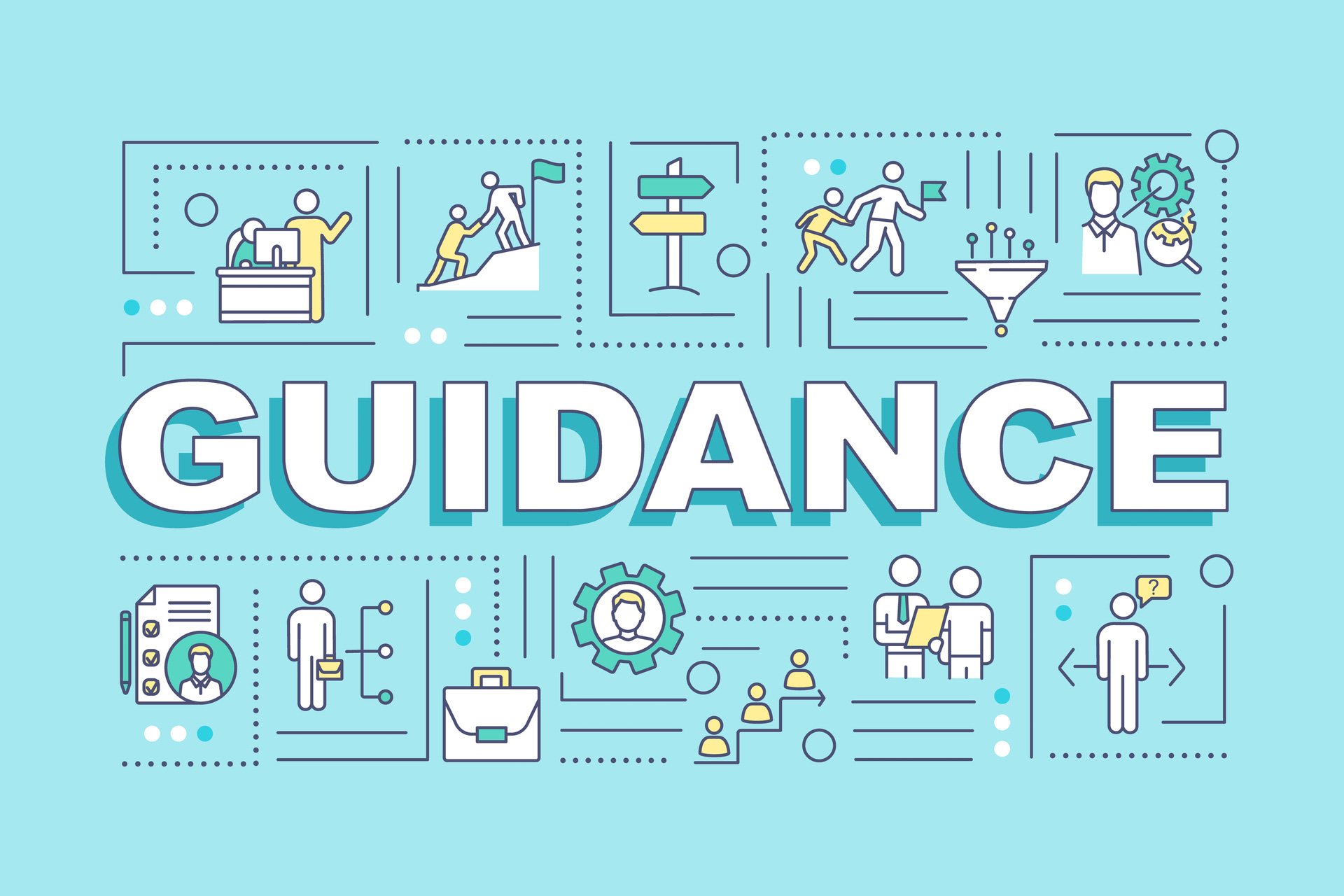3.5 minute read
One way that employers can reduce the spread of COVID-19 in the workplace is employee testing. The Centers for Disease Control and Prevention (CDC) recently issued guidance regarding COVID-19 testing scenarios. This information is intended to supplement and not replace any federal, state, and local mandates about COVID-19.
Things to Consider Prior to Testing
Prior to implementing testing (if you choose to do so), it’s important to understand the difference in testing types. Also, employers should inform employees the reasons for testing, how testing works, what actions are taken after a positive or negative test result, and how the results will be used to help further stop the spread.
Testing Employees with Signs/Symptoms of COVID-19
Employers may implement daily in-person or virtual health checks before an employee enters a facility. Employers should follow the Equal Employment Opportunity Commission’s guidance regarding confidentiality of medical records from health checks. To prevent stigma and discrimination in the workplace, make health screens as private as possible. Anyone exhibiting symptoms should be separated from others at the workplace and either sent home or to a health care facility, depending on symptoms. Employees who go to get tested should wait for test results before returning back to work. Many employers are also putting flexible sick leave and supportive practices and policies in place in order to prevent and reduce transmission.
Testing Asymptomatic People with Recent/Known Exposure to COVID-19
Health departments may reach out to employers for assistance in identifying close contacts of someone who may have or have been exposed to COVID-19. Tracing contacts is important in helping reduce the spread in their workplace and communities.
If employees are tested after close contact or possible close contact with someone with COVID-19, care should be taken to inform these employees of their possible exposure in the working place while maintaining confidentiality (of the person with COVID-19 per ADA guidelines and EEOC guidance).
Testing Asymptomatic People Without Known or Suspected Exposure to COVID-19 for Early Identification in Special Setting
Viral testing of employees without symptoms may be useful to detect COVID-19 and stop transmission quickly, especially in places with moderate to substantial community transmission. Employers may want to initially test workers before entering a workplace, periodic testing at regular intervals, or targeted testing of new workers or those returning from a prolonged absence.
Before testing a large group of asymptomatic workers, employers should have a plan in place for how operations will modify based on test results and manage a higher risk of false positives results in a low-prevalence population.
Testing to Determine Resolution of Infection
Employers should put a strategy in place for those employees who return to work after suspected or confirmed COVID-19 diagnosis. Strategies include symptom-based, timed-based, or test-based. Employers can require returning workers to provide a doctor’s note but should take into consideration that providers are extremely busy and may not be able to provide documentation in a timely manner.
Download the bulletin for more details.
This blog is intended to be a compilation of information and resources pulled from federal, state, and local agencies. This is not intended to be legal advice. For up to the minute information and guidance on COVID-19, please follow the guidelines of the Centers for Disease Control and Prevention (CDC) and your local health organizations.

